Introduction
With a plethora of options available, understanding the different types of multifocal lenses is crucial for achieving clear vision at various distances. Whether you’re looking for Progressive Lenses that offer seamless transitions or classic Bifocal Lenses that provide distinct viewing zones, knowing your choices can make all the difference.
Understanding Multifocal Eyewear
Multifocal eyewear is designed to help those with presbyopia or other vision impairments see clearly at multiple distances without needing to switch between different pairs of glasses. The beauty of these lenses lies in their ability to combine various prescriptions into one lens, allowing wearers to enjoy both near and far vision seamlessly. This innovation has transformed the way people experience sight, making everyday activities like reading or driving more comfortable and convenient.
The Importance of Lens Choices
Selecting the right lens type is not just about style; it’s about functionality and comfort too. Each type of multifocal lens—be it Progressive Lenses, Bifocal Lenses, or Trifocal Lenses—offers unique benefits tailored to different visual needs and lifestyles. Making an informed choice ensures that you get the best possible experience from your eyewear while enhancing your daily activities.
Overview of Multifocal Lens Types
The world of multifocal lenses includes several popular options: Progressive Lenses that provide a smooth transition between prescriptions, Bifocal Lenses with clear separation for distance and near vision, and Trifocal Lenses that add an additional zone for intermediate distances. Each type serves specific purposes and caters to varying preferences in terms of style and function. Understanding these distinctions helps you choose the perfect pair that aligns with your visual requirements and personal taste.
Exploring Progressive Lenses
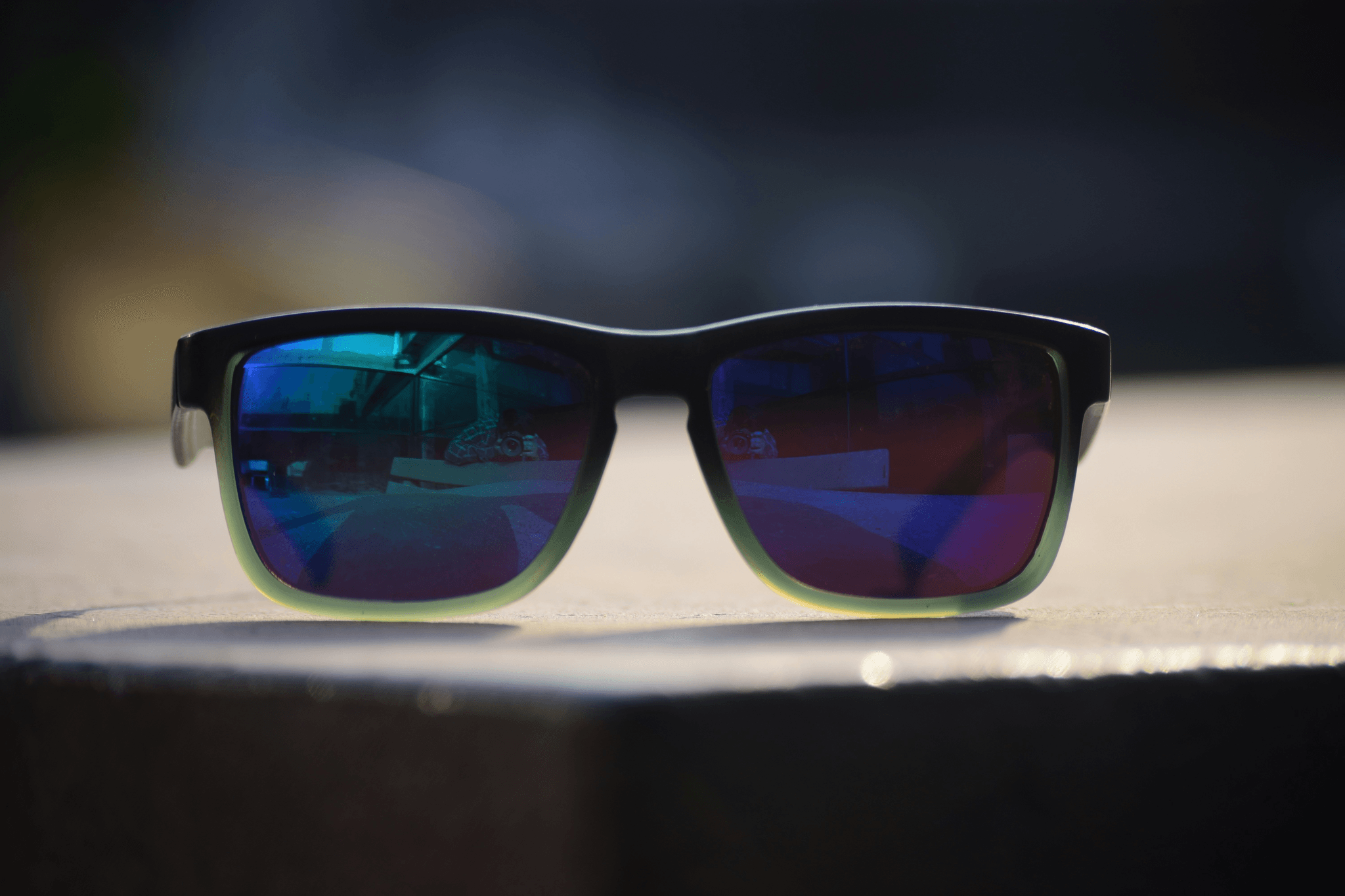
These innovative lenses offer a seamless transition between different vision zones, allowing wearers to see clearly at various distances without the visible lines found in other types of multifocal lenses. This design not only enhances visual comfort but also provides a more aesthetically pleasing option for those who want to avoid the telltale signs of bifocals or trifocals.
What Are Progressive Lenses?
Progressive Lenses are designed to provide a smooth progression from distance vision at the top of the lens to near vision at the bottom, with intermediate vision in between. Unlike Bifocal Lenses, which have a distinct line separating two prescriptions, progressive lenses offer a gradient that allows for natural sight adjustment as you move your eyes through different focal areas. This makes them particularly appealing for individuals who require multiple prescriptions but want to maintain an unobtrusive look.
Benefits of Progressive Lenses
One of the most significant benefits of Progressive Lenses is their versatility; they cater to all kinds of visual needs without compromising style or comfort. With no visible lines, these lenses allow wearers to enjoy a more youthful appearance while providing clear vision at every distance—perfect for everything from reading fine print to enjoying scenic views. Additionally, many users find that progressive lenses reduce eye strain and fatigue often associated with switching between different pairs of glasses or dealing with mismatched lens types.
Ideal Candidates for Progressive Lenses
Progressive Lenses are ideal for anyone experiencing presbyopia—a common age-related condition that affects near vision—alongside other refractive errors like myopia or hyperopia. They are especially suited for active individuals who prefer one pair of glasses that can handle various activities seamlessly, whether it's reading a book or driving on the highway. However, those new to multifocal eyewear may need some time to adjust; patience is key when transitioning from traditional single-vision glasses or even bifocals.
The Classic Bifocal Lenses

Bifocal lenses are one of the most recognized types of multifocal lenses, designed to help wearers transition between two distinct vision zones. Typically, these lenses feature a visible line that separates the upper portion for distance vision and the lower portion for reading or close-up tasks. This classic design has been around for centuries and remains a popular choice for those looking to address both near and far sight issues without breaking the bank.
Characteristics of Bifocal Lenses
Bifocal lenses come in various styles, but they all share a common characteristic: a distinct separation between two prescription strengths. The top half is generally used for distance viewing, while the bottom half caters to near tasks like reading or sewing. Unlike Progressive Lenses, which offer a gradual transition between multiple prescriptions, Bifocal Lenses have a clear dividing line that can be both an aesthetic choice and a functional one.
Pros and Cons of Bifocal Lenses
Like any eyewear option, bifocals come with their own set of advantages and disadvantages. One major pro is their simplicity; they provide clear vision at two distances without the complexity of blending multiple prescriptions as seen in Progressive Lenses. However, some users may find the visible line distracting or may struggle with peripheral vision because there's no intermediate zone like there is with Trifocal Lenses or progressives.
On the flip side, bifocals are often more affordable than other types of multifocal lenses and can be customized in various frame styles to suit individual tastes. However, they might not be ideal for those who require seamless transitions between different visual fields throughout their day-to-day activities.
Who Should Choose Bifocal Lenses?
Bifocal lenses are particularly suitable for individuals whose primary need is correcting presbyopia while still maintaining some level of distance vision correction—perfect for avid readers or hobbyists who frequently switch between tasks at varying distances. If you find yourself squinting at menus in restaurants but also need clarity when driving or watching television, bifocals could be your best friend!
However, if you’re someone who craves versatility in your visual experience—perhaps you're constantly moving between different distances—you might want to explore Progressive Lenses or even Trifocal Lenses as alternatives to ensure maximum comfort throughout your day.
A Look at Trifocal Lenses
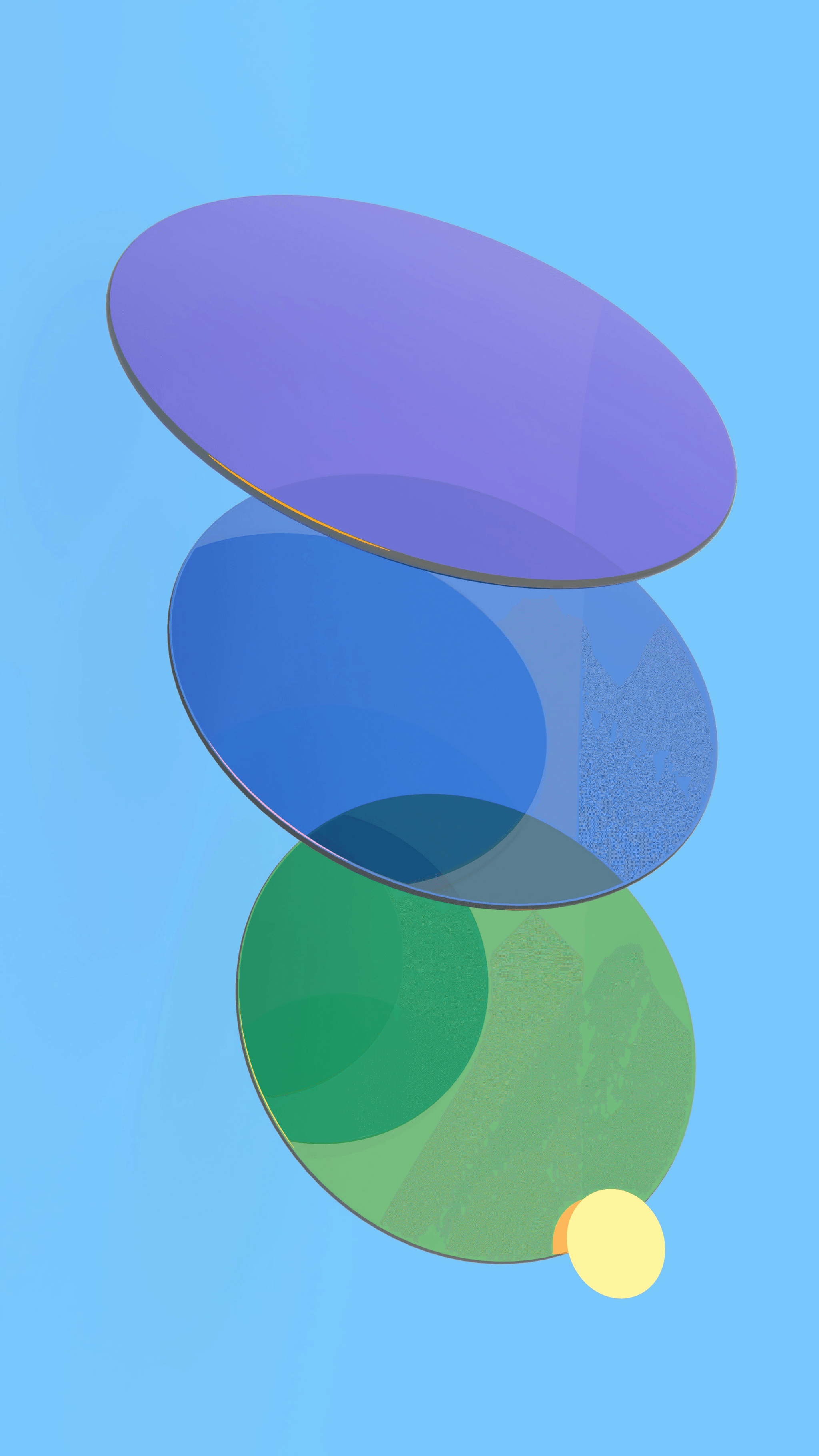
Trifocal lenses are a specialized type of multifocal eyewear designed to provide clear vision at three distinct distances: near, intermediate, and far. Unlike bifocal lenses, which offer two focal points, trifocals incorporate a third segment that allows for more versatile viewing options. This makes them particularly beneficial for individuals who frequently switch between different visual tasks.
How Trifocal Lenses Work
Trifocal lenses work by segmenting the lens into three distinct areas, each tailored for different viewing distances. The top portion is typically designated for distance vision, the middle section caters to intermediate vision (like computer use), and the lower part is optimized for reading or other close-up tasks. This design allows wearers to transition smoothly between various activities without needing to switch glasses.
The unique structure of trifocal lenses can be particularly appealing when compared to other types of multifocal lenses like progressive lenses or bifocals. While progressive lenses offer a seamless transition between focal points without visible lines, trifocals provide defined segments that some users may find easier to adapt to. For those who have used bifocals in the past but require more versatility in their vision correction, trifocals can serve as an excellent upgrade.
Comparison with Bifocals and Progressives
When comparing trifocal lenses with bifocal and progressive lenses, several factors come into play regarding functionality and user experience. Bifocals have only two segments—one for distance and one for near—which may limit their effectiveness for tasks requiring intermediate vision. In contrast, progressive lenses offer a gradual transition but can take some time to get used to due to their lack of defined segments.
Trifocals strike a balance between these two types of multifocal lenses by providing clear delineation among the three focal areas while maintaining ease of use across varying distances. Each type has its pros and cons; while bifocals are simpler and often more affordable, progressive options provide aesthetic appeal without visible lines but may not suit everyone’s needs perfectly. Ultimately, choosing between these types of multifocal lenses boils down to personal preference and specific visual requirements.
Best Use Cases for Trifocal Lenses
Trifocal lenses are ideal for individuals whose daily routines involve frequent transitions between different visual tasks—such as reading documents at a desk while also needing clear sight across the room or outdoors. They are particularly useful in professional settings where both close-up work (like paperwork) and mid-range activities (such as using a computer) are common occurrences throughout the day.
Additionally, those who enjoy hobbies requiring varied focal lengths—like sewing or crafting—may find trifocals invaluable due to their ability to cater specifically to all three necessary viewing distances effectively. For anyone considering frame styles that complement their trifocal needs, it’s essential to select frames that allow enough space for all three segments without compromising comfort or aesthetics. With accurate prescriptions and customization options available today, finding the right pair can significantly enhance your overall visual experience.
Frame Styles for Multifocal Eyewear
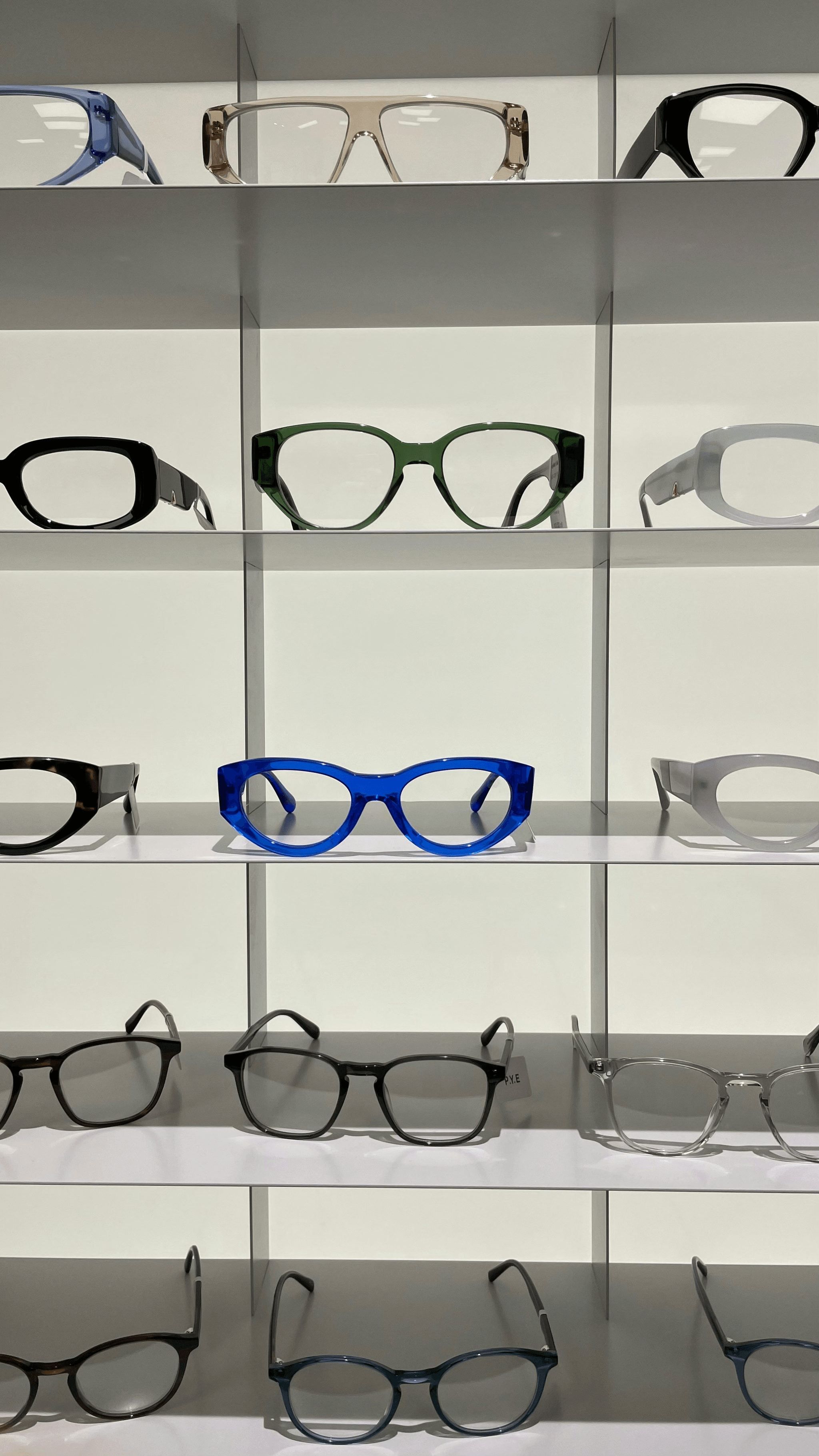
Finding the perfect frame style for your multifocal eyewear can be as crucial as selecting the right types of multifocal lenses. The frame not only holds your lenses but also defines your personal style, making it essential to choose wisely. With a plethora of options available, understanding which frame styles work best with different lens types is key to achieving both comfort and aesthetics.
Popular Frame Styles for Multifocal Lenses
Full-rim frames are a favorite due to their durability and ability to accommodate various lens types, including Progressive Lenses and Bifocal Lenses. Semi-rimless frames offer a sleek look while providing ample support for Trifocal Lenses, giving wearers both flair and functionality.
Another popular choice is lightweight metal frames, which can be easily adjusted for comfort and are suitable for all types of multifocal lenses. For those who prefer a bold statement, oversized frames are trending; they not only provide ample surface area for large lenses but also add an element of fashion-forwardness. Remember that the right frame style can enhance the performance of your prescriptions and customization options while reflecting your personality.
Matching Frame Styles with Lens Types
Not every frame style pairs well with every type of multifocal lens; matching them correctly can enhance your visual experience significantly. Progressive Lenses tend to work best with wider frames that allow for optimal viewing areas across different prescriptions without obstruction. On the other hand, Bifocal Lenses often look best in traditional shapes that emphasize their distinct separation between distance and near vision.
Trifocal Lenses require thoughtful consideration too; they benefit from deeper frames that accommodate the three distinct viewing areas comfortably. It's important to consult with an optical professional who understands how different frame styles interact with various lens designs—this ensures you get the most out of your eyewear experience while maintaining style points! Ultimately, aligning the right frame styles with specific lens types will lead you toward clearer vision and enhanced confidence.
Design Considerations for Frame Selection
When selecting a frame for your multifocal eyewear, design considerations go beyond mere aesthetics; they impact comfort and functionality too! First off, ensure that the chosen frame fits well on your face—this will help prevent sliding or discomfort when wearing Progressive Lenses or Bifocal Lenses all day long. Additionally, consider how much weight you're comfortable wearing; lighter materials like titanium or acetate may be preferable if you're opting for Trifocal Lenses.
Color is another significant factor—selecting hues that complement your skin tone or wardrobe can elevate your overall look while making wearing glasses feel less like a chore! Lastly, don’t forget about customization options; many brands offer personalized features such as adjustable nose pads or flexible hinges that cater specifically to how you use your eyewear daily. With thoughtful consideration of these design elements alongside appropriate lens materials, you’ll find yourself sporting not just any pair of glasses but truly stunning eyewear!
Prescriptions and Customization Options
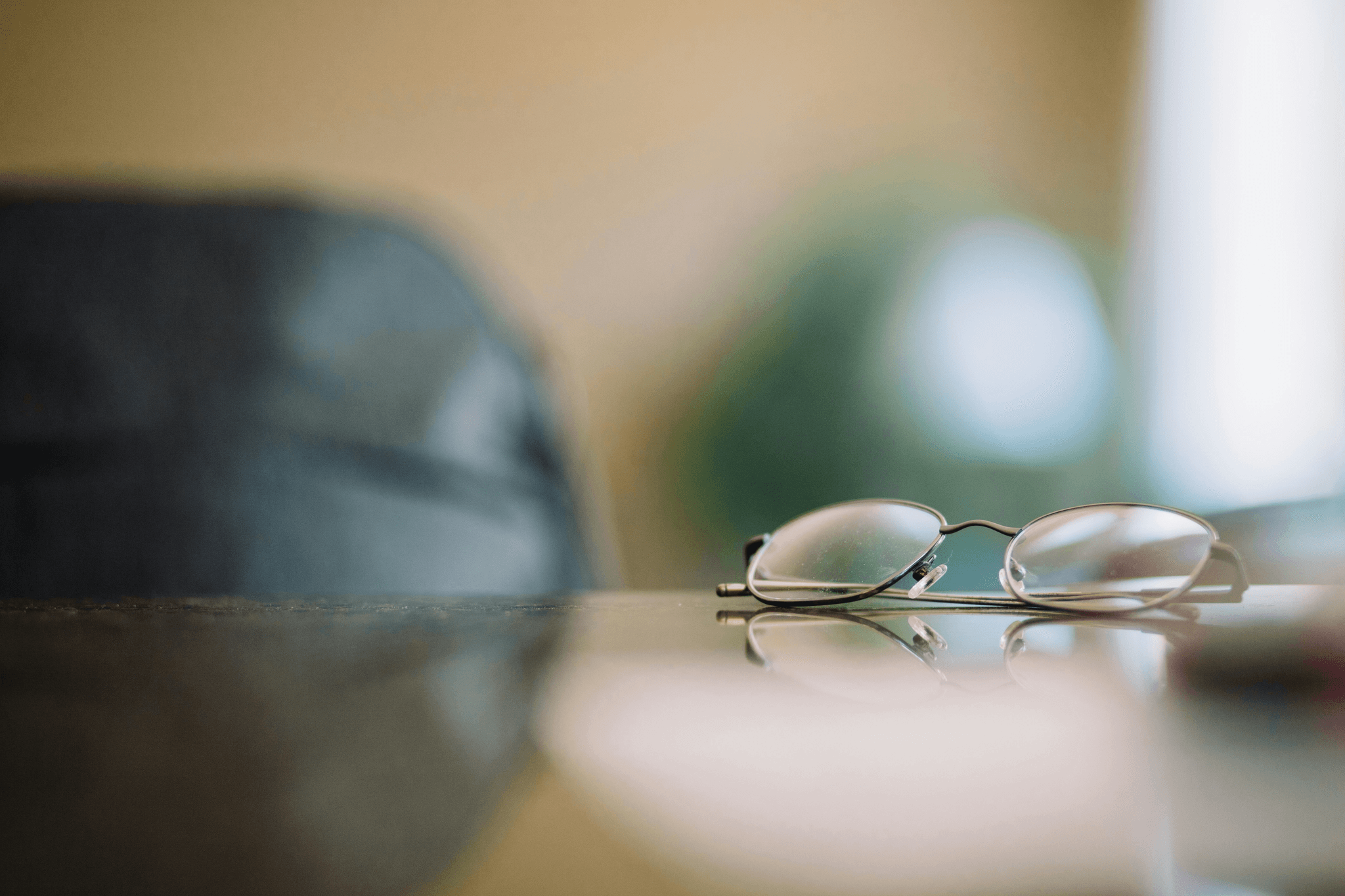
Accurate prescriptions are crucial because they ensure that each type of multifocal lens—be it Progressive Lenses, Bifocal Lenses, or Trifocal Lenses—works effectively for your vision needs. A well-fitted pair not only enhances clarity but also contributes to comfort and style.
Importance of Accurate Prescriptions
An accurate prescription is the foundation of effective multifocal lenses. Without precise measurements, even the best types of multifocal lenses may fall short in providing optimal vision correction. Regular eye exams are essential as they help identify changes in your eyesight, ensuring that your Progressive Lenses or Bifocal Lenses are tailored perfectly to your needs.
Moreover, a detailed prescription allows for better customization options for your frame styles and lens materials. This means you can choose from a variety of fashionable frames that complement your lifestyle while still enjoying the benefits of advanced lens technology. Remember, when it comes to prescriptions and customization, precision is key; don’t settle for less!
Customizing Multifocal Lenses
Customization goes beyond just choosing between Progressive Lenses, Bifocal Lenses, or Trifocal Lenses; it involves tailoring these lenses to fit your unique lifestyle and visual demands. For instance, you may opt for specific lens coatings that reduce glare or enhance scratch resistance based on how you use your eyewear daily. Additionally, you can select different designs within each type of multifocal lens to suit various activities—from reading at home to working on a computer.
The beauty of customizing multifocal lenses lies in their versatility; whether you're looking for enhanced UV protection or specialized tints for outdoor activities, there's something out there for everyone. This level of personalization not only improves visual performance but also ensures that you're sporting frames you'll love wearing every day. Ultimately, customized multifocal lenses empower you to see better while expressing your personal style.
Aisen Optical’s Customization Services
At Aisen Optical, we take pride in offering an extensive range of customization services tailored specifically for our clients' needs with all types of multifocal lenses available—including Progressive Lenses and Trifocal Lenses. Our team works closely with you to ensure that every detail is accounted for—from selecting suitable frame styles that match your personality to providing high-quality lens materials designed for durability and clarity.
We understand that no two individuals are alike; therefore our approach emphasizes personalized service while leveraging advanced technology in eyewear solutions. Whether you're interested in enhancing comfort through ergonomic designs or exploring innovative lens features like blue light filtering coatings, we’ve got you covered! At Aisen Optical, finding the perfect blend between functionality and fashion is what we do best.
Understanding Lens Materials
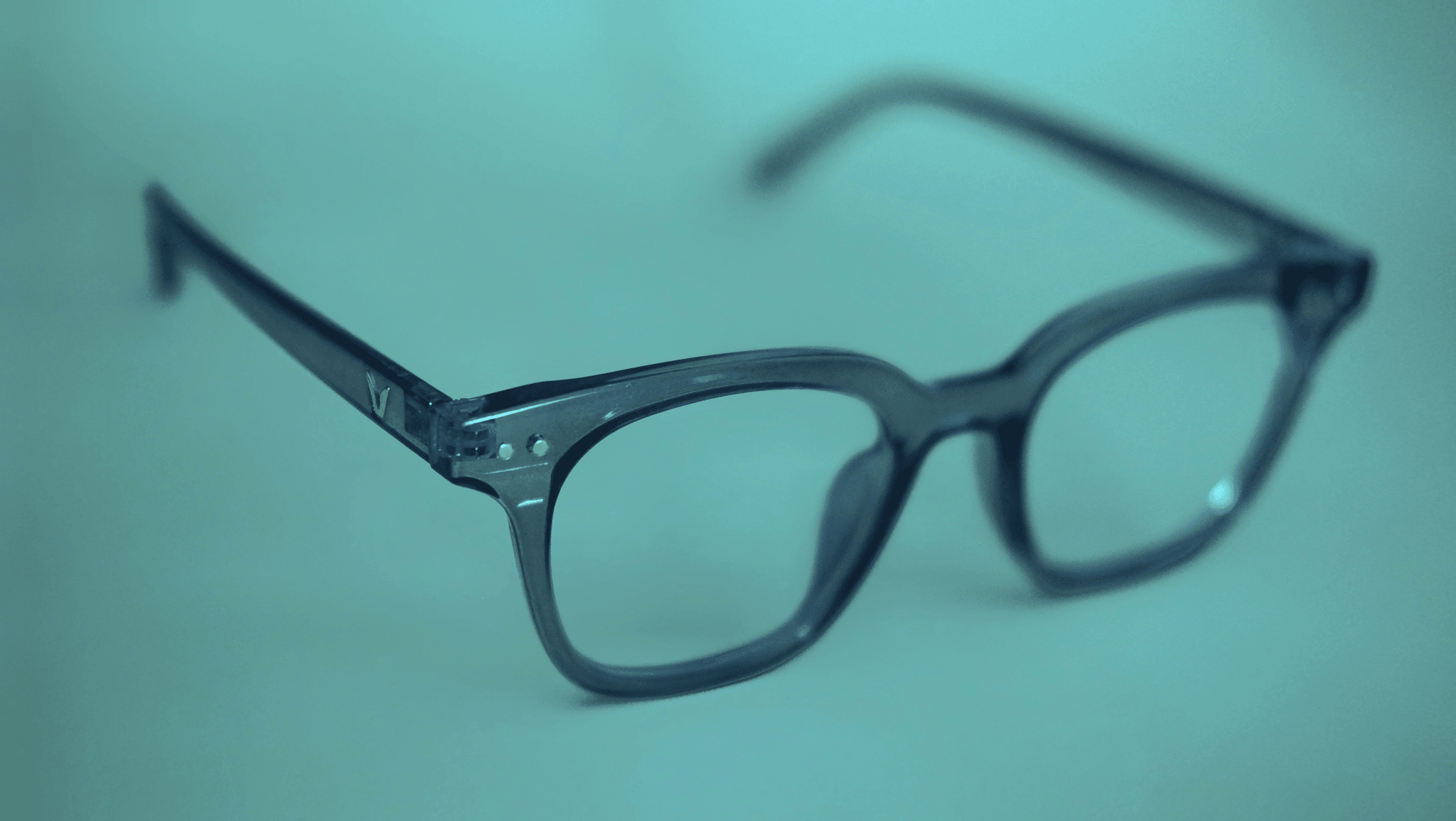
Different types of multifocal lenses—be it Progressive Lenses, Bifocal Lenses, or Trifocal Lenses—come with specific material recommendations that enhance their effectiveness. Understanding the benefits of various lens materials ensures you make a well-informed decision tailored to your lifestyle.
Common Lens Materials and Their Benefits
There are several common lens materials available for multifocal eyewear, each with its own set of advantages. Polycarbonate lenses are lightweight and impact-resistant, making them ideal for active lifestyles or safety glasses. On the other hand, high-index plastic lenses provide thinner profiles for stronger prescriptions, which is especially beneficial for those using Progressive Lenses or Bifocal Lenses who want a sleek look without compromising on vision quality.
Another popular option is Trivex, known for its clarity and durability while remaining lightweight. For those who prioritize scratch resistance and UV protection, standard plastic lenses can also be treated with coatings that enhance their longevity and performance. Ultimately, understanding these materials will help you choose the right fit for your multifocal needs.
Choosing the Right Material for Your Needs
Selecting the right lens material is crucial in ensuring that your multifocal eyewear meets your daily demands while providing optimal comfort and functionality. If you lead an active lifestyle or work in an environment where impacts are common, polycarbonate or Trivex would be wise choices due to their resilience. Conversely, if aesthetics matter more to you—perhaps you're drawn to stylish Frame Styles—you might prefer high-index lenses that offer a thinner profile without sacrificing vision quality.
Your prescription also plays a significant role in determining which materials are best suited for your multifocals; stronger prescriptions often benefit from high-index options to keep them lightweight and comfortable on your nose. Additionally, consider any special requirements you may have—like anti-reflective coatings or blue light filtering—which can further influence your material choice as well as how they pair with different types of multifocal lenses like Bifocals or Progressives.
Aisen Optical’s Quality Lens Materials
At Aisen Optical, we pride ourselves on offering only the highest quality lens materials tailored to meet diverse customer needs across all types of multifocal lenses. Our selection includes premium polycarbonate and Trivex options designed to withstand everyday wear while providing exceptional visual clarity—perfect for Progressive Lenses users who need a seamless transition between different focal points throughout their day-to-day activities.
Moreover, our high-index plastic options ensure that even those with stronger prescriptions can enjoy stylish Frame Styles without feeling weighed down by bulky eyewear. With our commitment to accurate Prescriptions and Customization services combined with top-notch lens materials, finding your perfect pair of trifocals or bifocals has never been easier!
Conclusion
Choosing the right multifocal lens can feel like navigating a maze, but it doesn't have to be overwhelming. With various types of multifocal lenses available, understanding your personal needs and lifestyle is crucial in making an informed choice. Whether you opt for Progressive Lenses, Bifocal Lenses, or Trifocal Lenses, each type has unique benefits that cater to different visual requirements.
Choosing the Right Multifocal Lens
Progressive Lenses offer seamless transitions between different vision zones, making them ideal for those who frequently switch tasks. In contrast, Bifocal Lenses provide distinct segments for near and far vision—great for individuals who prefer simplicity in their lens design.
For those who find themselves needing a little extra help at various distances, Trifocal Lenses present an excellent option with three viewing areas. It's essential to consult with an eye care professional to determine which type best suits your visual habits and prescription needs. Remember that the right choice can significantly enhance your quality of life by improving clarity and comfort in your vision.
Balancing Style and Functionality
Finding the perfect balance between style and functionality is key when choosing frame styles for multifocal lenses. Many modern frames are designed not only to accommodate various types of multifocal lenses but also to make a fashion statement. Whether you lean towards classic designs or trendy shapes, there are options that ensure you look good while seeing well.
Moreover, keep in mind that certain frame styles may complement specific lens types better than others; this consideration can elevate both comfort and aesthetics. As you explore frame styles compatible with Progressive Lenses or Bifocal Lenses, think about how these choices reflect your personality while meeting your functional needs. Ultimately, striking this balance allows you to express yourself without sacrificing visual clarity.
Finding Your Perfect Eyewear at Aisen Optical
At Aisen Optical, we understand that finding the right eyewear involves more than just picking a pair of glasses; it's about discovering what works best for you across all aspects—from prescriptions and customization options to quality lens materials. Our knowledgeable staff is here to guide you through each step of selecting from various types of multifocal lenses tailored specifically for your unique lifestyle requirements.
We pride ourselves on offering top-notch customization services so that every pair fits perfectly—because no two eyes are alike! With our extensive selection of frame styles and premium lens materials available at Aisen Optical, you're bound to find eyewear that not only enhances your vision but also complements your style beautifully.
